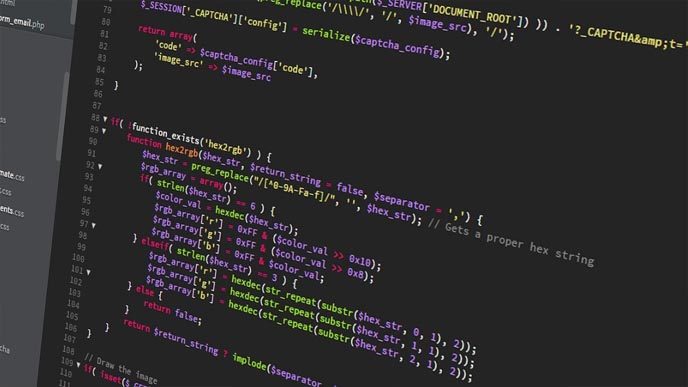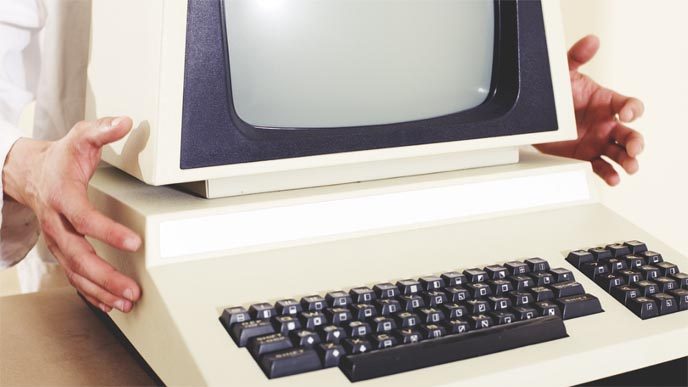Most of the personal finance experts out there will tell you that the first step to getting a handle over your money situation is to curb your unnecessary spending. Sure, getting a fancy drink at the local Starbucks might only cost you a few bucks and, in the grand scheme of things a few bucks is hardly going to make a difference in your life. But your daily latte habit can add up awfully quickly. Five bucks a day, every day of the year, is creeping up to almost $2,000.
That’s enough money to pick up a new iPhone outright, possibly with enough left over to cover your monthly plan for the year too. It’s nothing to sneeze at, so this kind of advice of getting your spending under control is generally sound… but it’s incomplete. Because cutting corners (and cutting costs) purely for the sake of saving money could actually end up costing you more in the long run. Let me illustrate with a few examples.
Free WordPress Themes
WordPress is one of the greatest gifts bestowed upon man since sliced bread. It can be used most commonly to run a blog or other content-based site, but it is equally adaptable to power any number of other types of websites, including forums, business pages and online stores. It’s great and it’s got a huge, supportive community. And best of all, it’s free.
This doesn’t mean that you should necessarily be using it right out of the box, however. If you use the default theme that comes with WordPress, your site is going to look really generic and first impressions matter. And while there is a huge directory of free WordPress themes, you may not want to use those either.

The allure of free is certainly enticing, but unless you are already skilled and knowledgeable in how to adapt and customize these themes, you’re just going to end up spending more time (and money) in turning that theme into something you can really call your own. And even then, many of these free themes do not come with the cleanest of code and you could open up the floodgates to all sorts of other complications and frustrations that just end up costing you more in the long run anyway.
When you invest in a premium theme with strong support or, better still, you invest in a completely custom theme developed by a professional, you get a better end product right out of the gate and you position yourself with a much better shot at success.
The Bulk Buying Binge
I’ll admit that I’ve fallen into this trap more times than I care to recall. Let’s say that you go to your local grocery store to pick up a few things for the week. You’re living on your own, so you don’t actually need that much. When you go to grab your one-liter carton of milk for $2, you notice that the four-liter jug is only $4. On a per-liter basis, the larger jug is half the price, because you’re getting four times as much for only twice as much. It’s the better deal.

So, you decide to pick up the four-liter jug instead… but as mentioned, you live alone. Inevitably, you get closer to the expiration date and you find yourself trying to come up with creative ways to use up all that milk. This is upsetting and you’re certainly not enjoying yourself. In the end, you end up dumping half the jug down the drain anyways because it expired.
You thought you were getting the better deal, because it worked out that way on a per-unit basis, but you ultimately spent $2 more than you probably should have in the first place. Like the latte effect described above, that $2 isn’t going to make a big difference in the grand scheme of things, but all of these little habits and decisions add up. When you think you’re getting a “good deal” on something, you have to ask whether you’re actually getting what you need out of it.
Entry-Level Equipment
Not everyone needs top-of-the-line equipment for everything that they do. Let’s just make this clear. The average person will only use a fraction of the horsepower found under the hood of the top-tier iMac Pro, which costs somewhere in the neighborhood of $17,000. That’s enough money to buy a decent commuter car.

At the same time, you don’t want to cut corners where corners probably shouldn’t be cut. Let’s say that you want to get into vlogging, but your budget is decidedly modest. You get the cheapest camera you can find, you pick up a really cheap Chromebook, and you have the bottom level plan from your ISP. You think you’re saving money.
On the one hand, it’s great that you want to get started. On the other hand, your efforts to save money are ultimately going to cost you in the long run. The cheap camera isn’t going to produce the kind of quality you want to have if you want to be a successful vlogger. The cheap Chromebook can’t run proper video editing software, so you’re stuck using less than ideal web-based applications that are severely limited. And then your cheap Internet plan means your upload speeds are abysmal and your computer is rendered useless for hours at a time.
I’m not saying you should always splurge for the best of the best, but you do want to be strategic with where you spend your money. Upgrading to a more powerful computer and a faster Internet connection could be among the best investments you can make in your online business.
Not All Spending Is Equal
The key takehome lesson here is that you shouldn’t be trying to save money purely for the sake of saving money. If you spend hours on end with compulsive coupon clipping, not only are you wasting your time doing something with minimal ROI (you could be working on your business instead), but you could end up buying things that you don’t actually need. You’re getting them because they’re on sale and that’s it.
Money is a tool. And like any other tool, you have to learn how to use it wisely and for maximum benefit. Oftentimes, it’s worth spending a little more upfront, because it’ll save you from a lot more frustration and expense down the road.
